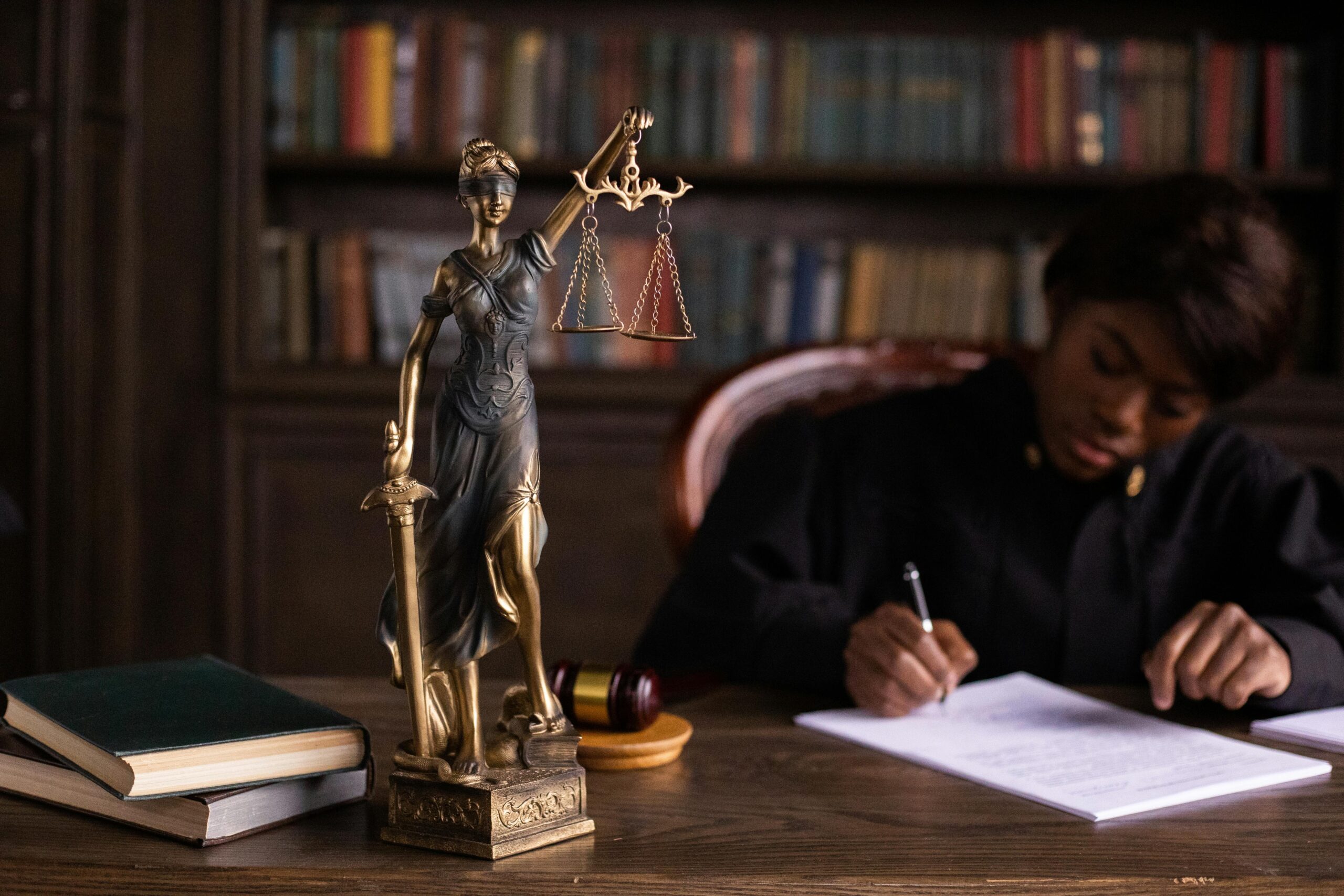Authored By: Simran Kaur
Goldsmiths University of London
The subject of history and law have always been interlinked and this connection is made more prevalent through repatriation and restitution. The legal consequences surrounding cultural artefacts, their displays in museums and controversies from both a social and legal perspective are significant. One of the most infamous subjects are the Parthenon Marbles. The icons of ancient Greece have made several headlines surrounding their unlicensed removal to different parts of the globe, particularly to Great Britain. [1] This is largely due to the dubious nature in which artefacts have been acquired, this also applies to the firmans utilised by Lord Elgin to obtain the marbles.[2] This article will focus on what international laws exist on cultural heritage, how these regulations seek to protect artefacts and sites and finally how the legal stance has an impact on the Parthenon Marbles.
This legal article will utilise the International Covenant on Economic, Social and Cultural Rights[3] to highlight and acknowledge the rights of everyone to take part in cultural life and how removing these artefacts from museums and galleries will restrict people’s access to enjoy them. Exploring the legal perspectives of this complex issue will provide explanation as to why museums continue to hold ‘looted’ artefacts and how their retention sparks controversies. It is clear that there are gaps within these international regulations and these will be critiqued within the article.
There are numerous legal issues with returning or retaining artefacts, these range from ownership and property rights to expenses for preservation and straining political relationships. Reuniting cultural items with their original owners and guaranteeing public access to cultural treasures demands careful and nuanced discussion. Due to strong emotional and cultural ties, it is challenging to apply the law to a topic that is ingrained in social customs and historical precedent. While some may be in favour of returning antiquities to their native homes, it is necessary to consider the implication on establishments like museums and galleries without diminishing them. This article will discuss what needs to be considered when thinking about historical and cultural relics that need to be returned home and repatriated with consideration for past legal frameworks.
How are cultural and historic artefacts protected under the law?
The law gives directions on what kind of objects, artworks and locations are allowed under its purview[4] as well as the penalties for breaking it. There are, however, instances where the law cannot be applied to certain cultural artefacts, which limits its reach and fails to protect various cultural commodities that have been taken, misused and destroyed. To ensure artefacts like the Parthenon Marbles are included and historical exploitations are taken into account under both the current and past legislations, the legal principles must include flexible definitions for cultural goods.
Under the 1970 UNESCO Convention on the Means of Prohibiting and Preventing the Illicit Import, Export and Transfer of Ownership of Cultural Property, “every State is to become increasingly alive to the moral obligations to respect its own cultural heritage and that of all nations.” [5] The legislation also prompts museums to ensure their collections conforms with “universally recognised moral principles.”[6] Scholars use this Convention to question whether repatriation is a ‘moral’ response to demands for return of cultural property. This becomes more poignant when one is aware of the centuries old battle for the return of many illicitly removed artefacts from various states including Greece. It is significant to note that this legislation only applies to post-1970 stolen goods thus excluding the Pantheon Marbles.
Returning artefacts:
The nationalistic approach generally involves objects or materials which are integral to a nation or people’s identity; ‘they are symbols of a lost past, which is extremely important to the formation or the modern nation.’[7] The World Heritage convention 1972’s definition of cultural site evidently covers the Parthenon Marbles and the Acropolis site. Geoffery Roberts highlights how the convention does not require restitution[8], which is the to restore an innocent party of the gains someone has taken from them.[9] This would extend to restitution and reunification. Interestingly, there are consequences when such issues are not given attention. For instance, if UNESCO continues to prolong its decision regarding decisive action, Greece could mobilise the 105 member states which supported its 2018 resolution in the General Assembly to ask the International Court of Justice for an advisory opinion.[10]
Many people have become more aware of the way in which museum artefacts have been acquired, this has either been through coercion or theft. The importance of the Parthenon Marbles are merely the tip of the iceberg[11], their return would allow for other artefacts such as the Benin Bronzes from Nigeria, porcelain from the Chinese summer Palace and the bust of Nefertiti, to name a few.
Retaining artefacts:
However, this would open the floodgates of returns, which many retentionists argue would render museums obsolete by divesting them of their collections.[12] Tiffany Jenkins argues that by returning historic artefacts to their place of origin will not achieve the ‘desired social change nor repair the wounds of history.“ [13] Museums are places of knowledge and learning; more people have access to the Parthenon Marbles in the British Museum then they will in Athens. As mentioned, this aligns with the International Covenant on Economic, Social and Cultural Rights – endorsed by 170 countries and recognised the right of everyone to part take in cultural life. This is the internationalist approach which offers a more altruist perspective reinforcing the World Heritage Convention. Simultaneously, Article 5a and 5b of the Convention on the means of Prohibiting and Preventing Illicit Imports and Exports requires states to make ‘effective and active measures’[14] for ‘conservation and preservation’15 of artefacts but makes no reference to restitution.
Domestic laws must also be considered when discussing repatriation. Even if the British Museum wanted to return artefacts such as Parthenon Marbles, it legally cannot as per the British Museum Act 1963 s116. The act prevents any objects from leaving the collection, unless “to remove them temporarily for any purpose connected with the administration of the museum and the care of its collection.” This piece of legislation highlights Britain’s attitude towards repatriation. This relates to the advancement of education, a government policy in the British Museum, where curators must claims#:~:text=Restitution%20in%20English%20law%20is,else%20has%20obtained%20from%20them.> accessed 20 January 2025 consider the educational value to children and young people before removing them. This retention and the cultural exchange of history and art which allow for ongoing partnerships between museums, researchers and cultural institutions internationally.
The display of the Parthenon Marbles alongside other world artefacts enriches the visitor experience and promotes cross-cultural understanding, however, this does not displace the Greek argument for repatriation. Conventions and regulations used today were not in effect at the time the marbles were removed from Greece. However, these concepts have their origins enshrined and codified in laws believed to date back to the early 19th century, the period in which Elgin removed the Parthenon Marbles. Thus, even historical artefacts that were illegally removed during that time should be subject to contemporary standards and ethical frameworks that recognise their cultural significance.
Reference(s):
[1] Jim Leitzel, ‘Athens or London? The Parthenon Marbles and economic efficiency’ [2022] 6(1) Social Sciences& Humanities Open <https://www.sciencedirect.com/science/article/pii/S2590291122000791> accessed21 January 2025
[2] Dyfri Williams, ‘ Lord Elgins’s firman ‘ [2009] 21() Journal of the History of Collections 49-76
[3] International Covenant on Economic, Social and Cultural Rights, Article 6(2)
[4] Convention on the Means of Prohibiting and Preventing the Illicit Import, Export and Transfer of Ownership of Cultural Property Article 2
[5] ibid
[6] ibid
[7] Annie Rischard davis, ‘The Cultural Property Conundrum: The case for a Nationalistic Approach and Repatriation of the Moai to the Rapa Nui’ [2011] 44 () American Indian Law Review
[8] Virgo, Principles of the Law of Restitution (3 edn, 2015)
[9] ‘Restitution, unjust enrichment and related claims’ (LexisNexis, 2025)<https://www.lexisnexis.co.uk/legal/dispute-resolution/claims-remedies/restitution-unjust-enrichmentrelated-
[10] Geoffrey Robertson, Who owns History?: Elgin’s Loot and the Case for Returning Plundered Treasure (1 edn, Biteback Publishing 2019)
[11] Tiffany Jenkins, Keeping their Marbles. How the Treasures of the Past Ended Up in Museums – And Why They Should Stay There (Oxford University Press, 2016)
[12] Nancy Sultan, Should the ’Elgin Marbles’ be Returned to Greece?” (Edn 11, Scholarship, 2005) page 3
[13] Tiffany Jenkins, Keeping Their Marbles. How the Treasures of the Past Ended Up in Museums – And Why They Should Stay There (Oxford University Press, 2016)
[14] Article 5 (a) Convention on the Means of Prohibiting and Preventing Illicit Imports and Exports 15 Article 5 (b) Convention on the Means of Prohibiting and Preventing Illicit Imports and Exports 16 British Museum Act 1963 s1





